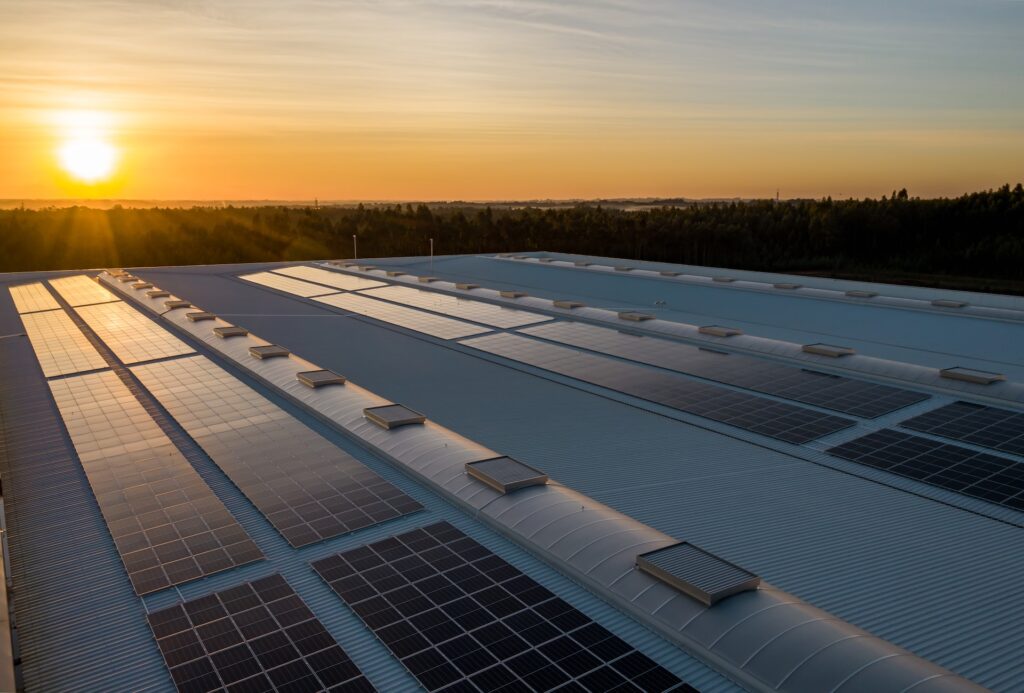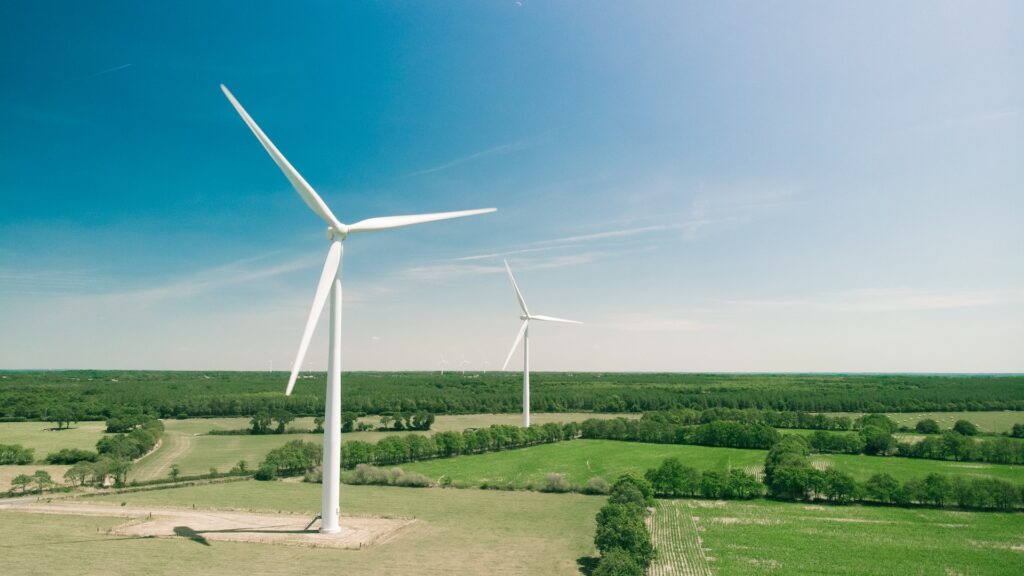Renewable energy resources are an extremely important part of Texas’ energy mix. With the state’s abundant sun and some of the strongest winds in the nation, Texans are utilizing renewable energy sources to diversify their electricity supply and reduce their reliance on non-renewable sources of power.
Solar Energy

Solar systems of varying sizes can be found throughout the state, providing clean and green electricity to homes and businesses.
The best way to use solar energy depends on your location, budget, and needs. Homes can be powered by solar panels tied to the electricity grid, or even by small installations off-grid systems designed to reduce or eliminate the need for purchasing traditional electricity from utility companies.
Utility companies are increasingly offering incentives for installing solar panels on roofs or installing renewable energy systems that spread across the land. Energy companies like Gexa Energy obtains its green energy from a variety of sources, the majority of green energy comes from wind and solar power, both of which are clean, renewable energy source and their green electricity rates are some of the cheapest.
Businesses can also take advantage of larger scale solar projects as well as net metering agreements with utility companies in order to reduce their electricity costs. Companies may also receive incentives such as tax credits when they install large-scale photovoltaic or thermal panels on their property. Commercial complexes are often ideal candidates for ground mount systems due to large areas of unused land that receive direct sunlight during peak hours every month.
In addition to photovoltaic (PV) systems and small-scale off-grid batteries, Texas is now home to large commercial solar farms providing electricity for utility customers across the state. As part of efforts towards a green economy, many local communities are getting involved in projects such as developing rooftop community solar farms and participating in co-op programs between residential customers that give mutual access to renewable power sources at reduced prices.
Wind Energy

Through research, planning, and strong leadership, Texas has positioned itself as a leader in this renewable energy resource. Wind turbines convert the kinetic energy of the wind into mechanical power that can then be used to generate electricity.
The Electric Reliability Council of Texas (ERCOT) and its member utilities have taken a proactive approach to develop wind power through their Integrated Transmission System Plan (ITSP). This plan outlines how construction and modification projects will ensure efficient integration of new electric generation sources into their power grid so that more renewable resources like wind can be put to use.
Currently, more than 6800 megawatts are installed across 200+ sites. The capacity factor for these sites can reach over 40 percent in some cases during high-wind times when compared to a coal plant at around 85 percent or natural gas plants at 50-60 percent capacity factor. As seen from this efficiency comparison, adding more renewable sources like a wind onto our energy grid helps reduce strain on other nonrenewable sources and helps provide reliable electrical service during peak usage times such as hot summer days.
coming years, more Texans will have access to renewable sources of affordable electricity.
Geothermal Energy

Geothermal systems work most efficiently in regions of moderate climate such as Texas. Depending on local conditions, large-scale plants can extract up to 100 megawatts of energy for use in residential or commercial settings.
By utilizing naturally occurring sources of thermal energy in areas such as Texas, geothermal power provides an efficient method for providing clean renewable energy that does not produce polluting emissions or create hazardous waste materials. It has been estimated that geothermal power could potentially account for almost 25% of Texas’s total electricity production when combined with other renewable sources like wind and solar power.
It is common knowledge that Texas has high electricity rates since it is more difficult for utilities and energy companies to supply Texas with the necessary electricity. To cut some of your expenses, you should choose the best and most affordable electricity provider. On the map of texas electricity deregulation, you can see which regions permit consumers to choose the energy source that best suits their requirements based on tariffs, plans, and product alternatives.
Conclusion
In order to maximize our renewable energy potential and reduce emissions, Texas must focus on developing clean technologies such as solar and wind power while also pressuring the industry to adopt more efficient and lower-carbon methods of energy production. With a continued commitment to these efforts, Texas can confidently become an area where renewable energy can thrive.



